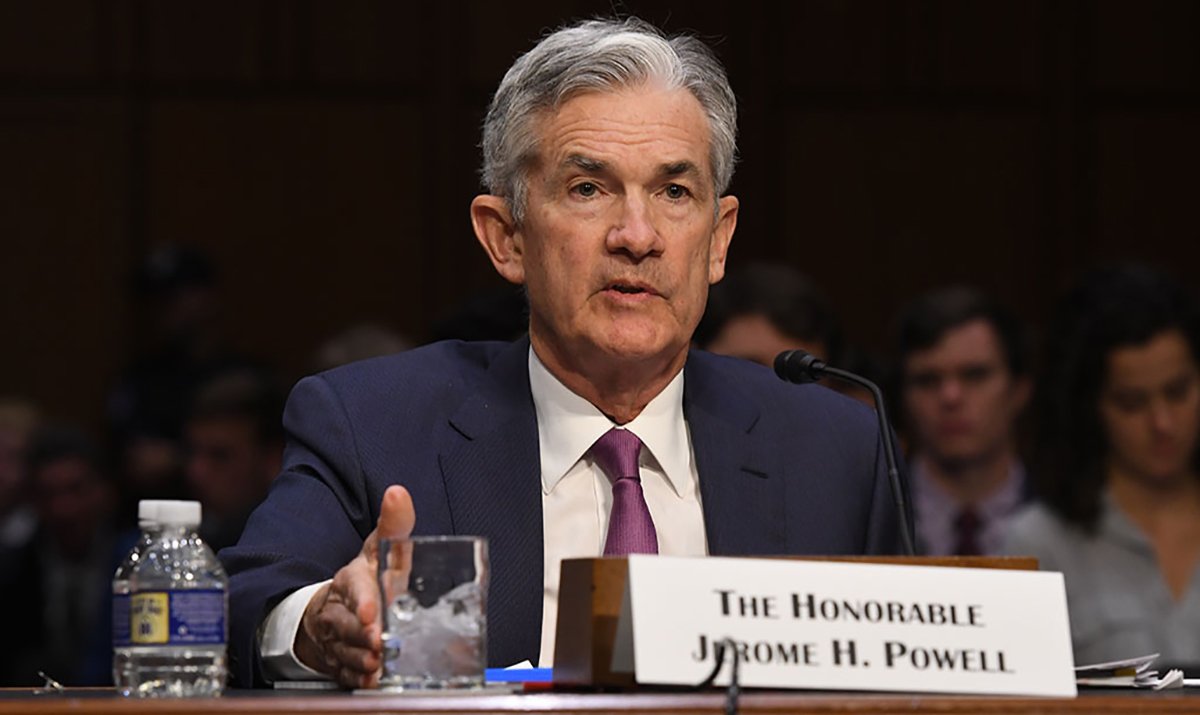- Stock market returns on days when the last five Federal Reserve chairs testified before Congress were analyzed.
- Janet Yellen generated the most positive returns, while Ben Bernanke and Jerome Powell’s testimony was associated with more negative returns.
- Bond returns were negative on days when Yellen testified, indicating a different trend compared to equities.
- Yellen had the least volatility in stock market reactions, while Bernanke had the most.
- The weaker performance of equities on Powell and Paul Volcker’s testimony days may be due to their association with higher interest rates.
Stock investors have always had a positive view of Alan Greenspan, who served as the chair of the US Federal Reserve. However, it is worth exploring whether the stock market actually performed well on days when Greenspan testified before Congress. Furthermore, how did other Federal Reserve chairs, such as Janet Yellen and Jerome Powell, impact the markets with their congressional testimony?
To answer these questions, researchers analyzed S&P 500 and MSCI market and asset class data for days when the last five Federal Reserve chairs testified before Congress. They compared the results with average daily returns and return volatility. To isolate the market sentiment specifically around each chair’s testimony, the researchers excluded days when the Federal Reserve made rate announcements, as these decisions were already public knowledge.
The analysis revealed some interesting findings. Janet Yellen generated the most positive returns on the days when she testified, with the S&P 500 rising on average by 0.20%. In contrast, the market only rose by an average of 0.08% on days when Greenspan testified. On the other hand, days when Powell or Bernanke testified were associated with more negative stock market performance, with the S&P 500 returning –0.05% on average. This may not be surprising considering Bernanke’s tenure during the global financial crisis and Powell’s time amid resurgent inflation.
These trends were consistent across different asset classes and market segments. Yellen’s testimony was associated with better returns in small-cap and international equities, as well as growth and value equities, compared to Greenspan’s testimony. The researchers also conducted similar tests over a three-day window around the Fed chairs’ testimony and obtained qualitatively similar results.
Bonds, however, presented a different story. While equities performed well on Yellen testimony days, fixed income went in the opposite direction. The total bond index returned –0.05% on days when Yellen appeared before Congress.
Volatility was another factor analyzed, and it was found that Bernanke’s testimony days displayed the most volatility overall.
In summary, Yellen generated the most positive stock market reactions and had the least volatility over the past 50 years among the Federal Reserve chairs analyzed. However, bond investors tended to respond negatively to her testimony. Powell and Paul Volcker, on the other hand, presided over periods with multiple interest rate hikes in response to rising inflation. The weaker performance of equities on their testimony days may reflect the market’s association of them with higher interest rates.
(This article was originally published on Investopedia.)







